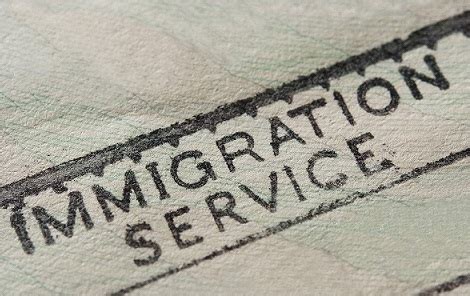The Records of Hakka Immigration: An Exploration
The quest to trace Hakka immigration records often serves as a gateway to uncovering rich historical narratives and migration patterns. The Hakka people, known for their distinctive culture and language, have dispersed across the globe over centuries, leaving traces of their migration in various archives and documents. Here's an exploration into the realm of Hakka immigration records:
Understanding Hakka Immigration:
Hakka migration has been a phenomenon spanning centuries, with significant waves occurring during periods of upheaval in Chinese history. The Hakka people originated in the central plains of China but gradually migrated southwards to regions such as Guangdong, Fujian, Jiangxi, and beyond. From there, global migrations took them to Southeast Asia, the Americas, Europe, and beyond.
Sources of Hakka Immigration Records:
1.
Chinese Emigration Records:
Historical Chinese emigration records serve as primary sources for tracing Hakka migrations. These records often include details of individuals or families leaving China for various destinations, including Southeast Asia, North America, and beyond.
2.
Immigration Records in Destination Countries:

Countries like Malaysia, Indonesia, Singapore, and the United States maintain immigration records that document the arrival of Hakka immigrants. These records provide insights into settlement patterns, occupations, and family structures.
3.
Genealogical Records:
Family genealogies and clan records among Hakka communities often contain valuable information about migration patterns, ancestral origins, and relationships. These records are crucial for understanding the social fabric and kinship ties among Hakka diaspora communities.
4.
Historical Documents and Journals:
Historical documents, journals, and letters written by Hakka immigrants or their descendants offer personal insights into the challenges, triumphs, and experiences of migration. These sources provide a humanistic perspective on the Hakka diaspora.
Challenges in Tracing Hakka Immigration Records:
1.
Fragmentation and Loss of Records:
The fragmentation and loss of historical records pose significant challenges in tracing Hakka immigration. Wars, natural disasters, and neglect have led to the destruction or deterioration of valuable documents over time.
2.
Language Barriers:
Many Hakka immigration records are written in Chinese or dialects specific to certain regions, posing language barriers for researchers who are not proficient in these languages. Translation efforts are essential for making these records accessible to a wider audience.
3.
Assimilation and Cultural Changes:
The process of assimilation and cultural adaptation among Hakka immigrants in their new homelands sometimes resulted in the loss of cultural identity and the neglect of ancestral records. This phenomenon makes it challenging to trace Hakka migration beyond a certain point.
Strategies for Accessing Hakka Immigration Records:
1.
Collaboration with Archival Institutions:
Collaborating with archival institutions in China and destination countries can facilitate access to Hakka immigration records. Establishing partnerships with researchers, historians, and genealogists familiar with Hakka history can also yield valuable insights.
2.
Digitization and Preservation Efforts:
Digitization initiatives aimed at preserving and making historical records accessible online have the potential to overcome geographical barriers and ensure the longterm preservation of Hakka immigration records. Supporting such efforts is crucial for future research endeavors.
3.
Community Engagement and Oral Histories:
Engaging with Hakka communities worldwide and documenting oral histories can supplement existing records and provide a nuanced understanding of Hakka migration experiences. Communityled initiatives empower Hakka voices and contribute to the preservation of cultural heritage.
Conclusion:
The quest for Hakka immigration records is a journey that transcends geographical boundaries and delves into the intricate tapestry of human migration. By leveraging diverse sources, overcoming challenges, and fostering collaboration, researchers can illuminate the hidden chapters of Hakka history and honor the resilience of a people shaped by centuries of migration.










